
Written by: Rose Talbot, Photography by: Lara Arkinstall
Adama was five months pregnant when the world around her started to flicker and fade.
Months passed as her vision continued
to dwindle. Because of the clouded, disc-like cataracts in her eyes,
soon all she could see were shadows and shapes.
Maybe it will clear up after I give birth, she told herself, hoping that the loss of sight was somehow linked to her pregnancy.
But once she’d delivered her twin
babies – a boy and a girl – 30-year-old Adama had to face the truth. She
was blind. Her babies were faceless. And she could do nothing to fix
it.

“I held my babies after they were
born, and I couldn’t see their faces. I thought this would last forever;
that I would never know what they look like. I was very desperate. I
didn’t have any hope.”
Adama – along with her newborns and
four other children – moved in with her older sister, Aissatou, who
became their caretaker. Aissatou welcomed them in lovingly, but with her
own children to take care of as well, the burden was heavy: “It’s been a
very hard year,” Aissatou, in tears, reflected.
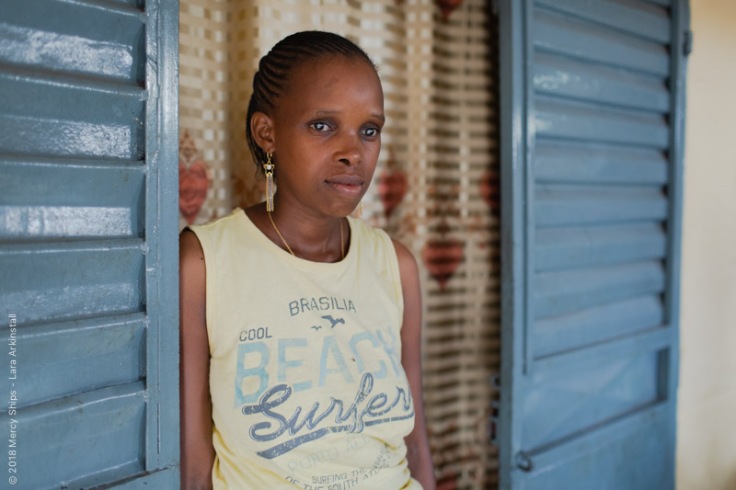
For Adama, the reliance on her sister
was challenging in a different way. The sudden inability to take care of
her own children left her feeling like a bad mother. “Since my eyes are
dark, I can’t walk alone, go to the market, cook, do laundry… I can’t
do anything without help.”
Adama’s blindness stretched on for
almost a year. The twins were six months old, their faces still a
mystery to their mother, when her husband first heard about Mercy Ships.
For this family, the opportunity to
access a state of the art hospital ship meant more than just being able
to have free surgery.
It meant giving Adama the chance to step out of the darkness.
It meant being able to take care of her family instead of depending on others for help.
It meant being able to see her loved ones again.
It meant hope.
The day after her operation, Adama sat
on a wooden bench waiting for her eye patch to be removed. It was the
moment she’d learn whether or not her eyesight had returned.
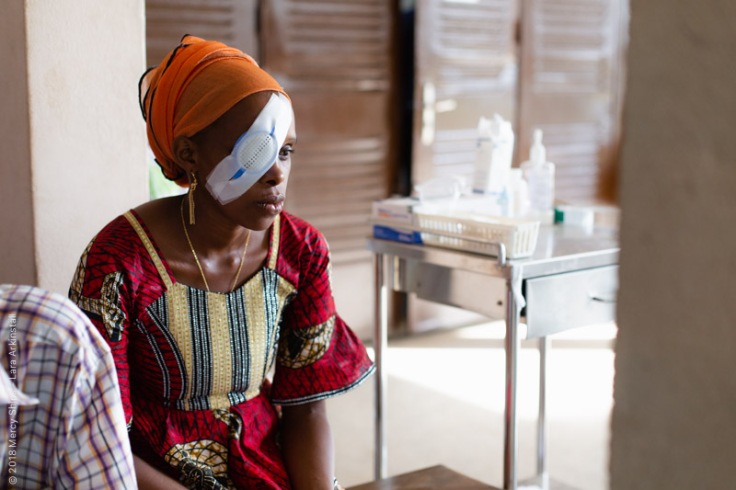
As the patch was peeled back, Adama
remained with her eyes closed for a few moments. Gradually, she blinked
them open. A smile slowly spread across her face.
Her family members, gathered nearby, were some of the first sights to welcome Adama back into the world of the seeing.
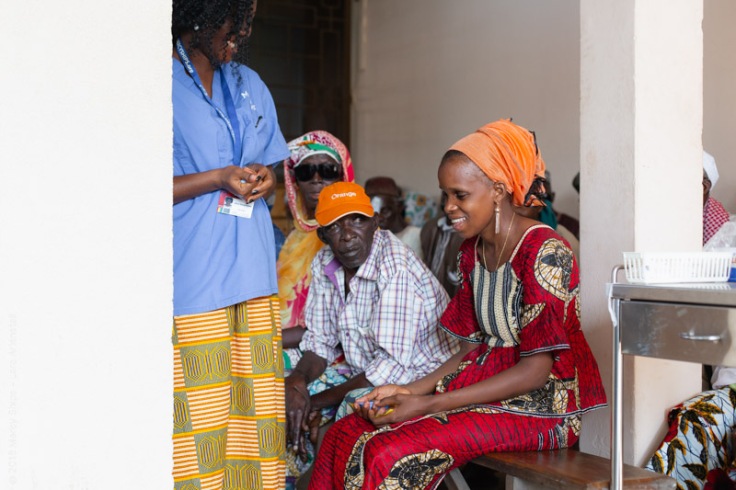
She walked by herself to greet them,
no guiding hand needed – “When I die and go to paradise and meet my own
people there… that’s what the moment was like.”
She reached for the twins, drinking in
the details of their faces for the first time. Tiny noses; long
eyelashes; round cheeks. Adama cradled them both in her arms at the same
time, eyes dancing between the two.
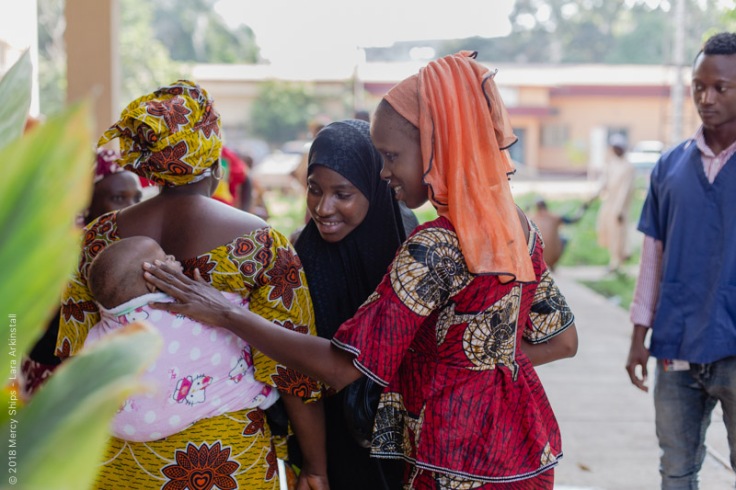
“I never expected that my babies would be so beautiful,” she murmured.
The cataract surgery Adama received
took less than half an hour. The impact of her restored sight will
reverberate throughout the rest of her life. There will likely be
countless moments where Adama is freed because of the ability to see
again – but it’s hard to imagine one more meaningful than a mother’s
patient love being rewarded with this sight.
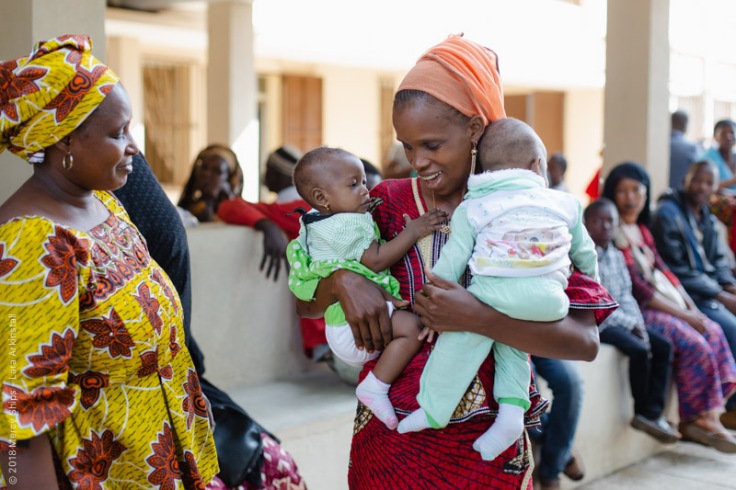
No comments:
Post a Comment